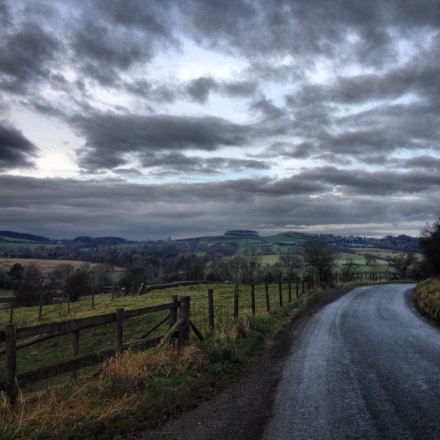 Pilfering my family tree of 700+ ancestors for location and date details an interesting discovery happens. One finds many along the way and yet it is gobsmacking when one happens upon it after the fact. Whilst visiting mates, Trevor and Kay, in Shropshire and Wales the opportunity for shooting incredible scenery is irresistible.
Pilfering my family tree of 700+ ancestors for location and date details an interesting discovery happens. One finds many along the way and yet it is gobsmacking when one happens upon it after the fact. Whilst visiting mates, Trevor and Kay, in Shropshire and Wales the opportunity for shooting incredible scenery is irresistible.

They graciously shared the local history of the surrounding countryside and one soaked in the lore and history. Wales was the wildcard. Hadn’t noticed Welsh ancestors until today. Not only Welsh but native to the area I’d visited.
Say again?
Digging deeper I learn its part of my Dad’s clans prior to moving north to Scotland. Might explain the sense of innate belonging and connection to the land. I’ve blood here – a thousand years worth of it.
Llywarch Ap Trahaiarn 1070-1128 was my 28th Great Grandfather. He was born in Arwystli, Wales and died in Montgomery, Wales. Oh my. I was there. I stood at the castle (freezing my bits off mind) and visited my first castle in the UK. Serendipitous that it was my returning to the homeland of my great-grandfather. My bloodline flows through this valley. Wow.
Montgomery (Welsh: Trefaldwyn; meaning “The Town of Baldwin”) is a town in the Welsh county of Powys. It was previously the county town of the county of Montgomeryshire. The town lies one mile (1.6 km) from the English border in the Welsh Marches. Its castle, Montgomery Castle, was started in 1223, and its parish church in 1227. Other locations in the town include The Old Bell Museum, the Offa’s Dyke Path, the Robber’s Grave and the town wall.
The town was established around a Norman stone castle on a crag. The castle had been built in the early 13th century to control an important ford over the nearby River Severn and replaced an earlier motte and bailey fortification at Hendomen, two miles away. An important supporter of King William I (the Conqueror), Roger de Montgomery, originally from Montgomery in the Pays d’Auge in Normandy, was given this part of the Welsh Marches by William and his name was given to the town surrounding the castle.
The Treaty of Montgomery was signed 29 September 1267 in Montgomeryshire, in which King Henry III of England acknowledges Llywelyn the Last as Prince of Wales. Montgomery was sacked at the beginning of the 15th century by the Welsh Prince Owain Glyndŵr (Owen Glendower). At this time, the castle and surrounding estates were held by the Mortimer family (the hereditary Earls of March) but they came into royal hands when the last Earl of March died in 1425. In 1485, King Richard III was defeated at the Battle of Bosworth and the Royal Estates, including Montgomery and its castle, passed into the hands of the new King, Henry VII, the first Tudor king, and a Welshman. The castle was then given to another powerful Welsh family, the Herberts.
During the Civil War, the castle was captured by Parliamentary forces and subsequently slighted (damaged) to remove its military threat. Montgomery, Wales
Who knew I was truly home…
It’s sublime, that sense of connection. The impressive memories from my journeys to the UK hold ancestral blood and DNA. This can’t be chalked up to an American Tourist willy-nilly flouncing about Blighty. This is about an American who knows she’s deeply rooted in the history and soil she stood in these images.
Stood freezing, yes. That’s all part of the fun, no?
